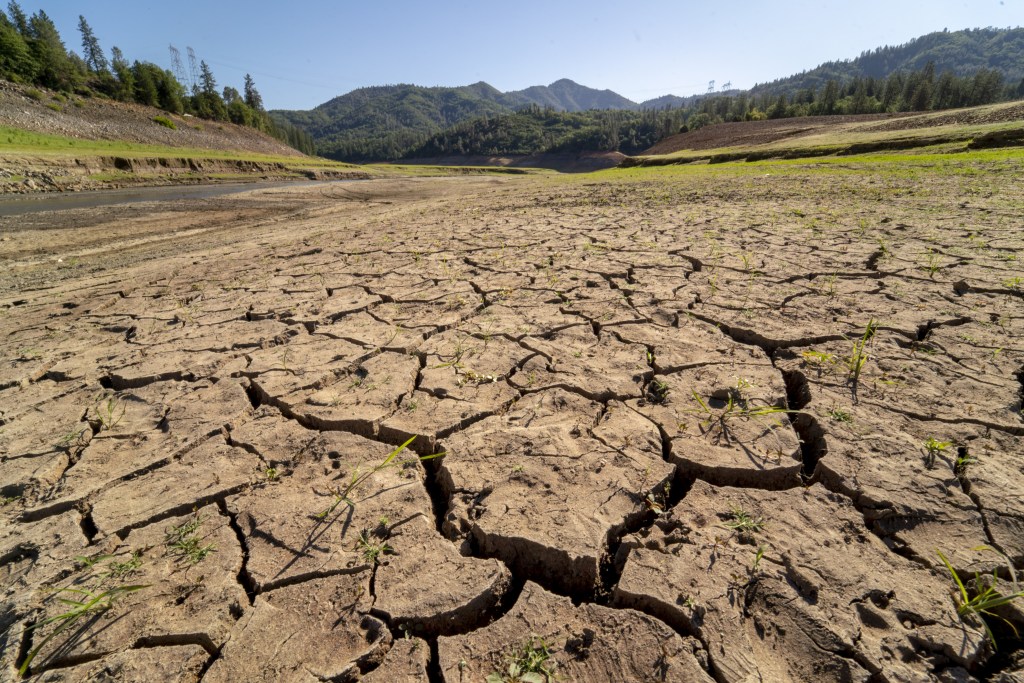The US Department of Energy is really getting into the swing of the season. It would like you to know that the pumpkins you carve this month—and inevitably throw into the garbage on November 1—are adding more than 254 million tons of municipal waste to landfills. At those landfills, they are further happy to inform us, the 1.3 billion pounds of pumpkins that we all throw out will decompose and turn into methane. That, of course, is the harmful greenhouse gas that “plays a part in climate change.”
We’ll let them tell you: “This Halloween,” says a post released this week on their website, “think of turning this seasonal waste into energy as a very important ‘trick’ that can have a positive environmental and energy impact.”
Videos by VICE
Ok, so now we have to worry about pumpkins destroying the environment?
Not so fast, folks. The Department of Energy doesn’t want to alarm you. In commemoration of National Energy Action Month, they want to let you know that they’re working on the problem.
Don’t be alarmed: “The Energy Department’s Bioenergy Technologies Office is working together with industry to develop and test integrated biorefineries—facilities capable of efficiently converting plant and waste material into affordable biofuels, biopower and other products. These projects are located around the country and use a variety of materials as feedstocks.”
Phew.
By “harnessing the potential of bioenergy” we, the United States of America, will be able to generate our own supply of clean energy,” thereby reducing greenhouse gas emissions.
That all sounds great. Our only concern is that according to the Environmental Protection Agency, the biggest sources of greenhouse gas emissions are not agriculture (and certainly not pumpkins)—which only in total contributes a paltry 9 percent of the problem—but industry, electricity, and transportation. That’s right: these three sectors—along with a smaller category called “commercial and residential”—contribute a whopping 91 percent of the greenhouse gas emissions to the environment.
In other words, it ain’t the damn pumpkins causing the problem. And is it possible that the Energy Department’s seasonal update could possibly—and we raise this question with all due respect—be detracting from the real problem?
Still, the Department of Energy is proud of its program to harness bioenergy. They say that one biorefinery in McCarran, Nevada, will actually use municipal solid waste “as a feedstock and use gasification and Fischer-Tröpsch conversion technology to produce ‘drop-in’ biofuel for the military.” Another project will use different types of waste—like fats, oils, and greases—as a feedstock that will be hydro-treated and upgraded.
Problem is, neither of these bio-refineries are yet in full operation. But when they are, they will produce 92 million gallons of advanced biofuel per year… for the military. Evidently they will also supply jet fuel to airlines like United and Cathay Pacific. That’s sure to fix things!
In the meantime, we suggest you keep carving those pumpkins. Eat what you can of them, and then dump the rest. The government is hopeful that they will soon be able to turn the blight caused by these pumpkins into something usable: “It might not be long until the 1.3 billion pounds of pumpkins we produce annually are nearly as important to our energy security as they are to Halloween!”
Until then, let’s hope the Department of Energy moves on from the newly announced “pumpkin problem” and re-focuses on the other sources of greenhouse gas emissions, such as industry, and figures out what to do about that. If not, at least we’ll know to thank Big Pumpkin when the world’s ice shelves finish melting.



